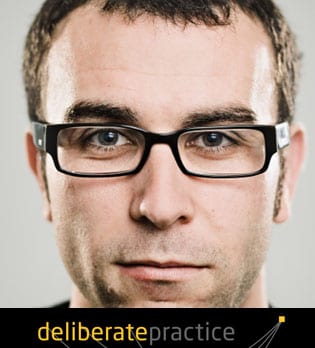I was halfway through writing a psych profile report when I caught myself switching between tabs, replying to an email, and mentally drafting this blog — all at once. It made me pause. We’ve been taught to see multitasking as the hallmark of productivity, a sign of agility and control. But what if it’s actually the opposite?
The Myth of Multitasking
For decades, “being good at multitasking” was thought of as being capable. Yet the neuroscience tells a different story, our brains can’t truly do two cognitively demanding things at once. What we call multitasking is really rapid task-switching and each switch creates what psychologists call “attention residue.” That residue slows us down, increases mistakes and leaves us mentally exhausted.
A 2022 study in the Journal of Management found that multitasking harms performance and accelerates fatigue, but mindfulness training helped participants sustain attention and reduce exhaustion (Kudesia, Pandey & Reina, 2022). Australian research backs this up. A Griffith University study (Shin & Murphy, 2025) found that heavy media multitaskers reported significantly higher perceived cognitive effort — in other words, the more they tried to juggle, the harder mental tasks felt. The American Psychological Association estimates that switching between tasks can cost as much as 40% of productive time.
The Mindfulness Antidote
Mindfulness isn’t about slowing down, it’s about showing up. It trains attention to stay with one thing, one moment, one conversation. A Macquarie University study of Australian leaders found that higher levels of mindfulness were linked to greater self-mastery and transformational leadership performance. That means mindfulness doesn’t just make us calmer, it makes us better leaders.
A University of Sydney psychology study (2023) found that taking simple five-minute “brain breaks” away from screens helps restore attention and concentration. Even micro-pauses can reset our focus and refresh our mind. For Australian public sector employees, a 2022 mindfulness-app trial showed that regular practice reduced stress and improved wellbeing, evidence that presence pays off.
The Practice (Not Perfection)
Now, a confession, while writing this blog about the power of single-tasking, I’ve paused three times — to answer an email, make a cup of tea and to search for some pictures for a presentation. The irony isn’t lost on me. 😅
But that’s the point. Mindfulness isn’t perfection — it’s practice. It’s catching ourselves when we drift and gently coming back.
Practical Ways to Reclaim Your Focus
Try these small shifts:
- Work in focused sprints: Set a timer for 25 minutes of full focus, then take a short break.
- The One-Tab Rule: Keep only the window you’re working in open. (Your brain will thank you.)
- Schedule intentional focus blocks: Protect no-meeting, no-notification times in your calendar.
- Take mindful pauses: Step away from your screen for five minutes to reset your attention.
- Do one thing well: Notice how quality, calm and clarity improve when you give your full attention.
Final Thought
Whether you’re leading a team, finding a solution or writing your next report, your presence is your greatest performance enhancer.
One task. One moment. One breath at a time.
Because true efficiency isn’t about doing more — it’s about doing what matters, with intention.
References
Kudesia, R. S., Pandey, A., & Reina, C. S. (2022). Doing More With Less: Interactive Effects of Cognitive Resources and Mindfulness Training in Coping With Mental Fatigue From Multitasking. Journal of Management.
Shin, Y. & Murphy, K. (2025). Frequent Media Multitasking and Perceived Cognitive Cost. Griffith University.
Macquarie University (2022). Mindfulness and Job Performance: A Study of Australian Leaders.
University of Sydney (2023). Five-Minute Brain Breaks Can Refresh Attention, Psychology Experts Find.
Cherry, K. (2025). Multitasking, Productivity, and Brain Health. Verywell Mind



